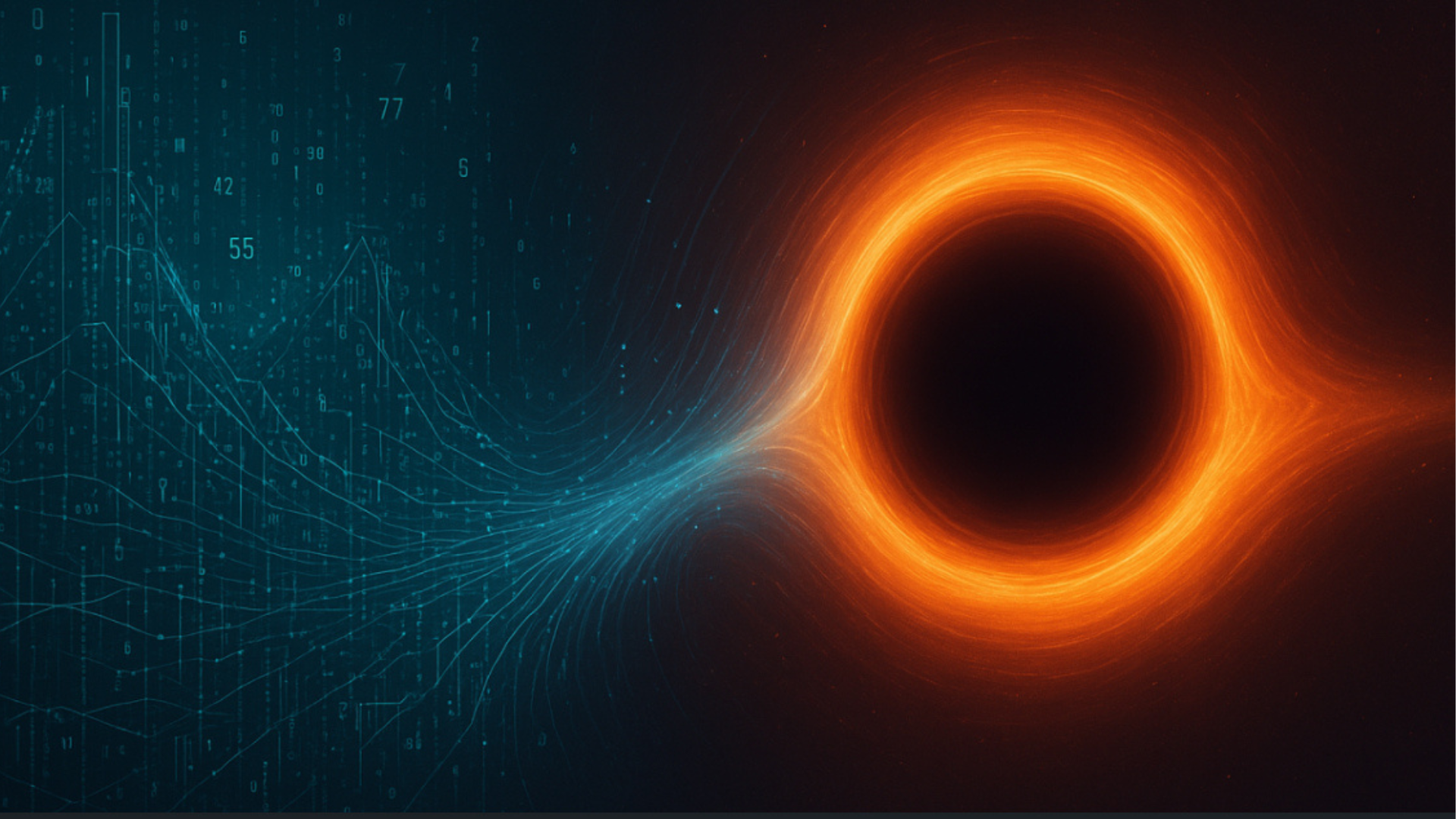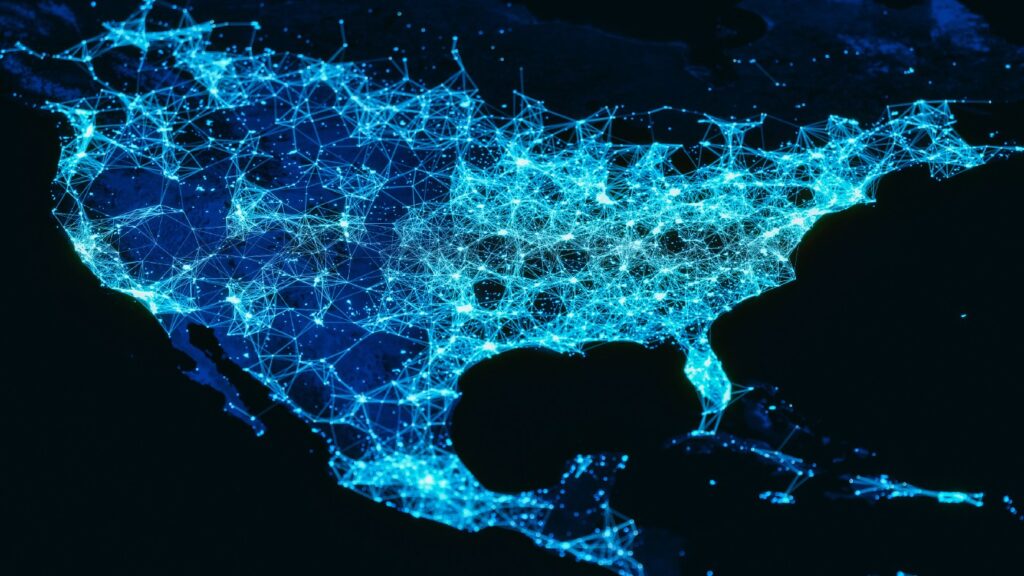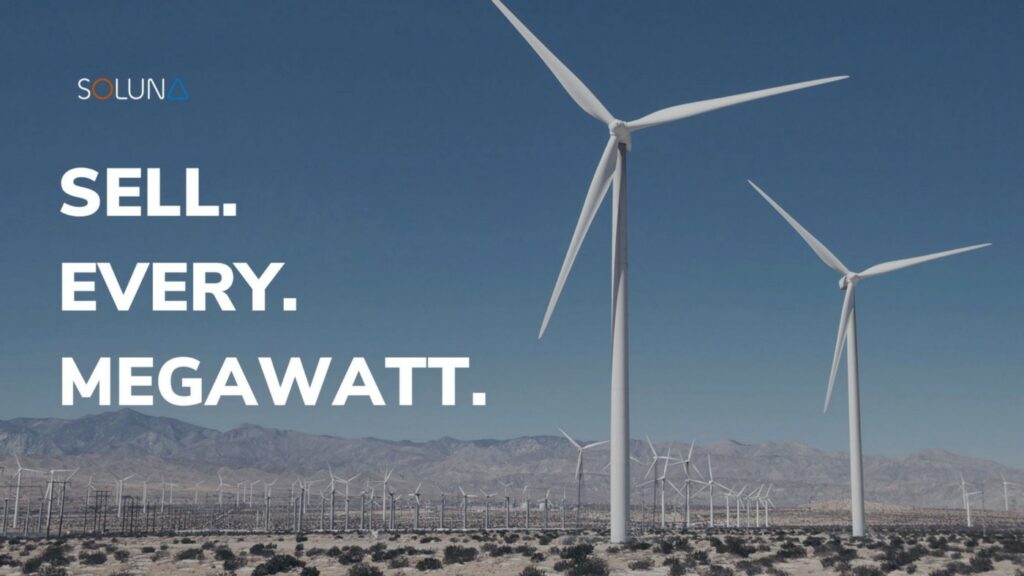by Dip Patel, CTO
Modernizing the grid isn’t about adding capacity or moving power. It’s about translation.
Bear with me, I promise it’s worth it.
Back in 2006, the Department of Defense pulled together a task force to tackle the IED (Improvised Explosive Devices) problem in the Middle East. It was called JIEDDO, and its mandate was ambitious: solve the problem in 18 months – forcing extremely rapid innovation.
I sat in a few threat briefings, saw the horrifying reality, and soon joined a Lockheed team to help.
When you design radar, or anything meant to detect, two very important metrics are Signal-to-Noise Ratio (SNR), how sensitive the radar is, and Noise Floor (NF), how “quiet” it can detect.
The holy grail is a system that can resolve both a whisper and Metallica in Moscow.
Typically, these two metrics had a teeter-totter effect; if you wanted high SNR, you sacrificed some NF, and vice versa.
But I joined a team trying to achieve the impossible: an incredible SNR with an impossibly low NF. A receiver that could see almost everything.
That’s when I had a lightning bolt realization. This wasn’t just about detection. It was about translation. Can you convert something that’s hard to move (mountains of data) into something easy to move (a single image), as efficiently as possible?
Radar had been doing this for decades, using an incredible amount of power in a concentrated (typically off-grid) fashion, to gain insights that were shared more efficiently.
Sound familiar?
It should. It’s how AI-based data centers are finally being designed — extremely high-power translators. They convert mountains of data into insights that are relatively easy to share. A single prompt can command 1000’s of computers to crunch numbers for hours, and return a single 100 KB text file.
This is why our concepts, “data center of the future” and “infrastructure inversion,” matter, and why Soluna is building differently. We’re bringing purpose-built data centers directly to the windfarm, consuming all of the energy at the source of generation.
These concepts are critical to finally making green energy accessible to the planet and putting oil where it belongs, obsolete as a fuel source, but critical in materials science.
Here’s the problem: the energy grid is very hard to upgrade. It requires a lot of capital investment along with interstate and international partnerships. The stakes of doing it wrong are huge, so the risk aversion is at a peak.
That’s because moving power is hard. Power is essentially uncompressed. It’s energy that can be used for anything; as a result, moving it is incredibly inefficient. It’s why wireless power is still not a thing, at least outside of military radar.
The #1 challenge in green energy is a supply chain problem: we can’t move the power from where it’s generated to where it’s needed.
That creates grid congestion in places like Texas, where wind is abundant but stranded.
On a global scale, it prevents developing nations from ever getting out of “developing” status, because all of their money has to go to importing energy. You can make unlimited energy within the Tropics (Cancer and Capricorn), but you can’t use it — no grid = no energy.
So why are we still trying to move power? We should be moving information.
The Internet is everywhere, and internet bandwidth is increasing at a much faster rate than grid capacity.
We need to decouple the grid.
Just bring the computers to the power, and translate the power into something much easier to move, like a 100 KB text file.
Think about it. All of Wikipedia is 25 GB compressed. A lifetime of collective knowledge, fitting onto a $5 microSD card, lighter than a paperclip.
AI is just like that.
The new world is about data and insights; it’s not about YouTube and TikTok.
The new world can bring this number crunching anywhere on the planet, and use the other grid to move the information (the Internet).
That’s what we’re doing at Soluna. We started with Bitcoin, and with Kati Phase 2, we will do this with AI.
The best part: our AI data centers are cheaper to build, cleaner to operate, and infinitely more scalable than today’s fossil-fueled giants.
Right now, the AI arms race is burning through natural gas, diesel, and short-term fixes. It’s reckless.
The planet has inertia; we’re creating a debt that will be hard to pay back as we barrel toward the 1.5°C limit.
The thing is, we can hit this target with abundant energy – and the whole world can participate. Computing is exactly what the world needs for rapid innovation, and it’s also exactly what the world needs to make green energy a superpower.
At Soluna, we’re proving it, with Projects Sophie, Dorothy operating, Kati in construction, and several others in development.
Learn more about Soluna’s commitment to clean computing → https://soluna.newbird.co/



